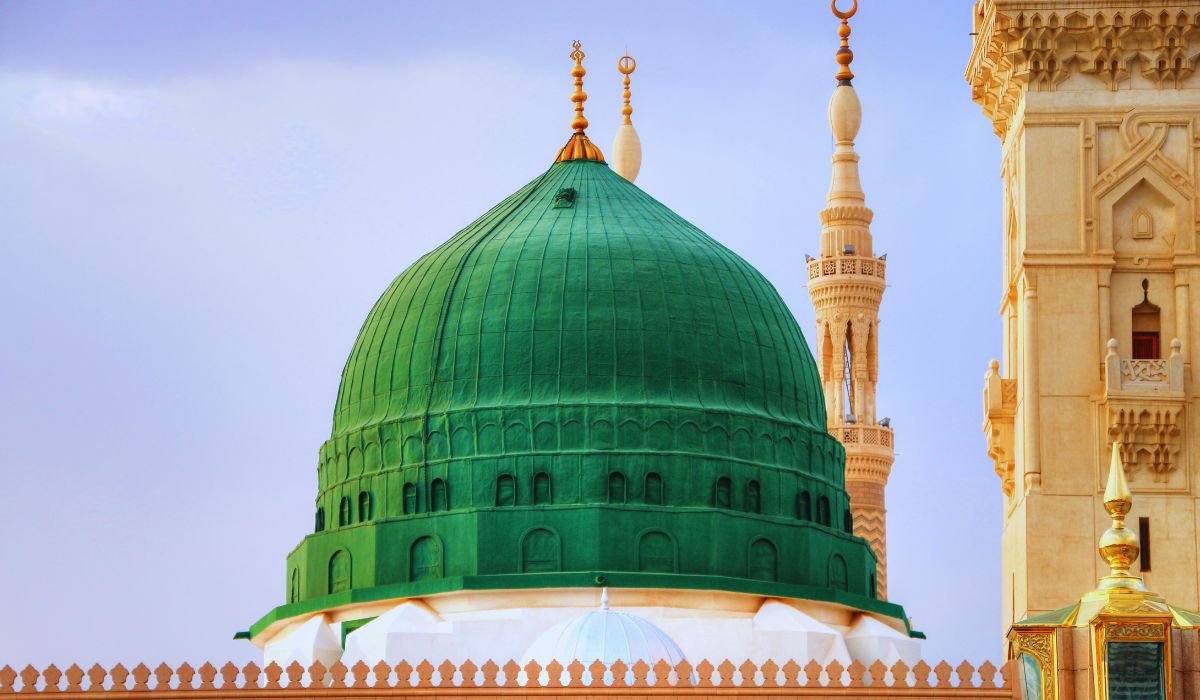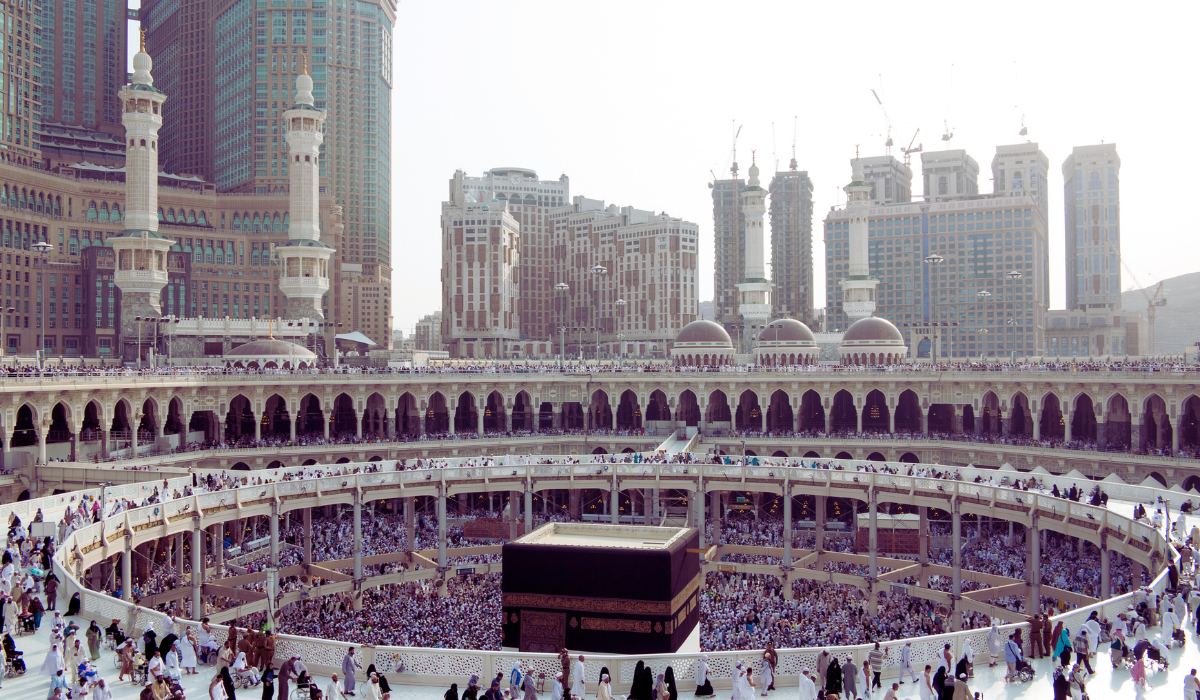Spiritual Landmarks to Explore During Your Hajj and Umrah Journey
For Muslims performing Hajj and Umrah becomes an essential spiritual experience that enables strong religious bond formation with the divine. People who perform religious duties as their main goal can improve their spiritual journey by visiting important historical landmarks related to their faith. These spiritual landmarks sites possess outstanding historical importance alongside religious importance through which pilgrims obtain comprehensive knowledge about Islamic history.
The Grand Mosque in Makkah
All Muslim pilgrims who perform Hajj or Umrah consider Al-Masjid al-Haram as their primary sacred destination. Each year millions of worshippers visit the mosque because it contains the sacred building of Kaaba. The sacred space draws its atmosphere from deep devotion because pilgrims conduct Tawaf rituals while performing their prayers and making requests for forgiveness. The mosque houses the Zamzam well where sacred water has gained its status as a divine gift to Muslim believers.
The Sacred City of Madinah
Many Muslims who complete their Makkah visit make their way to Madinah to honor Al-Masjid an-Nabawi. The Prophet Muhammad (peace be upon him) built this mosque which constitutes an important sacred destination. During their mosque journey, pilgrims explore Rawdah which describes itself as a paradise garden located within the building. Everyone visiting Madinah experiences a tranquil environment which creates an ideal setting for spiritual meditation during which visitors both perform their prayers and obtain divine blessings.
Jabal al-Noor and the Cave of Hira
The area known as Jabal al-Noor stands as the Mountain of Light near Makkah. The Cave of Hira stands on the summit so the Prophet Muhammad (peace be upon him) attained the first Quranic revelation. Visitors who successfully ascend to the cave are awarded with a better understanding of Prophet Muhammad’s initial work because of the journey’s obstacles. The location draws numerous devotees who want to understand Islam’s significance of revelation.
Jabal Thawr and the Cave of Thawr
Jabal Thawr stands near Makkah with its important feature being the Cave of Thawr. The Cave of Thawr became a safe sanctuary for Prophet Muhammad (peace be upon him) together with his companion Abu Bakr (may Allah be pleased with him) during their migration to Madinah. Jabal Thawr became a holy symbol because Allah protected the Prophet and Abu Bakr from harm during their enemy encounter.
Mina and the Jamarat
When pilgrims perform their Hajj rituals in Mina they make it the center of their activities while completing the stoning of the Jamarat. The practice reflects the abandonment of evil alongside the faith-based obedience to Allah. Outside of Hajj season, Mina reveals its full significance to Hajj pilgrims who view the vast scale of these sacred rituals there.
Leading Religious Sites of Hajj Encompass Mount Arafat with its Surrounding Plains of Arafah
Hajj pilgrims consider Mount Arafat as one of the essential spiritual landmarks destinations during their journey. The Farewell Sermon of Prophet Muhammad (peace be upon him) was delivered from this location. Muslims recognize the Day of Arafah as one of the foremost holy days because it reaches its pinnacle during Hajj. The pilgrimage site permits worshippers to deepen their understanding of how belief combines with divine compassion and pardoning grace.
Muzdalifah and its Role in Hajj
During Hajj pilgrims need to camp in Muzdalifah which lies between Arafat and Mina to observe the night under the open sky. The stoning ritual at Mina demands tourists to carry pebbles that they must collect during their time spent in Muzdalifah. Muzdalifah primarily receives Hajj visitors yet investigating it when Hajj is not ongoing helps people understand the dedication and obstacles associated with Hajj practices.
The Historic Battlefields of Islam
A trip to Islamic historical battle sites delivers substantial value to people who study Islamic history. The Battle of Badr site preserves its historical significance as the site where major battles of early Islam occurred. Visitors who visit the Battle of Uhud location in Madinah can recall the difficulties faced by Muslims in the early period of their existence. These sites enable people to experience firsthand the dedication of Muslims toward spreading Islam.
The Quba Mosque
The Muslims built Quba Mosque as the initial mosque in all of Islam within the city of Madinah. Muslims receive elevated rewards for praying within this mosque according to what Prophet Muhammad (peace be upon him) announced. Quba Mosque provides a peaceful atmosphere that draws religious travelers to improve their spiritual growth during their sacred journey.
The Qiblatain Mosque
Essential is the status of Masjid al-Qiblatain in Madinah which holds importance because it served as the initial site where Muslims turned their Qiblah direction from Jerusalem to the Kaaba in Makkah. The vital historic event at this mosque lets visitors experience the unifying power of all Muslims.
Janat al-Baqi Cemetery
- Many companions of Prophet Muhammad (peace be upon him) rest in Janat al-Baqi which operates as a cemetery situated in the city of Madinah. The site welcomes spiritual visitors to honor distinguished Islamic figures of the early period through their final resting place.
- The Hajj and Umrah pilgrimage includes more than the prescribed rituals because it extends throughout the journey.
- The religious obligations of Hajj together with Umrah enable Muslims to achieve a profound connection with the history of Islam. The holy sites enable pilgrims to enhance their spiritual experience because they better understand the Muslim faith through experiencing the communal past and divine support that built the faith. Visiting these sacred sites lets pilgrims strengthen their devotion as they feel greater appreciation during their spiritual experience.






